Torque sensors measure how hard you pedal and adjust motor power accordingly for a natural, responsive ride, while cadence sensors detect how fast you pedal and provide consistent assistance regardless of effort. Choosing between torque and cadence sensors affects ride feel, battery efficiency, and cost, making it essential to match the sensor type to your riding style and terrain.
What Are Torque Sensors and How Do They Work?
Torque sensors detect the actual force or pressure you apply to the pedals, cranks, or bottom bracket. By measuring this pedaling effort in real time, they dynamically adjust the motor’s power output to match your exertion, providing smooth, intuitive assistance that mimics traditional biking. This results in a natural riding experience where harder pedaling yields more motor support, especially useful on hills or rough terrain.
How Do Cadence Sensors Function and What Is Their Impact on Riding?
Cadence sensors measure the pedaling speed or frequency, activating the motor once you start pedaling and providing a steady level of assistance based on your pedal rotations per minute. Unlike torque sensors, cadence sensors do not sense pedal force, so motor assistance is uniform regardless of how hard you pedal. This can lead to a less natural feel with abrupt on/off power delivery, but offers simplicity and consistent support on flat or urban routes. Why Choose Folding Electric Bikes For Commuting?
Which Sensor Provides Better Ride Feel and Responsiveness?
Torque sensors deliver a more natural and responsive ride by adjusting motor assistance in real time to your pedaling force, resulting in smooth power transitions and better control. Cadence sensors, while simpler, can feel jerky or disconnected since assistance is based solely on pedal speed, sometimes causing delayed or sudden motor engagement that may feel artificial.
How Do Torque and Cadence Sensors Affect Battery Efficiency and Range?
Torque sensors tend to be more battery-efficient because they supply motor power only when needed, scaling assistance with pedaling effort. This targeted power delivery conserves battery life and extends range, especially on variable terrain. Cadence sensors provide consistent power regardless of effort, potentially draining the battery faster due to less precise motor control.
Battery Efficiency Comparison Chart
| Feature | Torque Sensor | Cadence Sensor |
|---|---|---|
| Power Delivery | Variable, effort-based | Constant, pedal-speed based |
| Battery Usage | More efficient | Less efficient |
| Range Impact | Longer range possible | Shorter range on same battery |
What Are the Cost and Maintenance Differences Between These Sensors?
Cadence sensors are generally simpler, less expensive, and easier to install and maintain due to fewer components and simpler technology. Torque sensors are more complex and costly, often integrated with mid-drive motors, requiring professional installation and occasional maintenance. The higher upfront cost of torque sensors may be offset by improved ride quality and battery savings.
Which TST EBike Models Feature Torque or Cadence Sensors and How Do They Suit Different Riders?
TST eBike models like the TST Breeze feature torque sensors, offering smoother, more natural power based on pedal pressure—ideal for fitness-focused or long-distance riders. Others, like the TST Commuter, use cadence sensors, triggering motor support based on pedal motion—perfect for casual or urban riders seeking effortless starts. Torque sensors suit those wanting precision and engagement, while cadence sensors benefit those prioritizing ease and comfort in everyday commuting.
TST EBike offers models designed with advanced sensor technology tailored to rider needs:
- 26-inch TST EBike Model: Equipped with torque sensors, this model is ideal for rough terrains like snow and sand, delivering responsive power and efficient battery use for off-road enthusiasts.
- 27-inch TST EBike Model: Often equipped with cadence sensors or torque sensor options, it suits daily commuting and mountain biking, balancing consistent assistance and ease of use for urban and trail riders.
Both models incorporate high-quality batteries and durable frames, optimized for their sensor systems to maximize performance and rider experience.
TST EBike Sensor and Model Comparison Chart
| Feature | 26-inch Model (Torque Sensor) | 27-inch Model (Cadence/Torque) |
|---|---|---|
| Sensor Type | Torque | Cadence or Torque |
| Terrain Suitability | Rough terrains (snow, sand) | Commuting, mountain biking |
| Ride Feel | Natural, responsive | Consistent, user-friendly |
| Battery Efficiency | High | Moderate |
| Ideal Rider | Serious cyclists, off-road | Casual riders, commuters |
How Should You Choose Between Torque and Cadence Sensors for Your Riding Style?
If you desire a natural, intuitive riding experience with precise motor assistance that adapts to your pedaling effort-especially on hilly or challenging terrain-a torque sensor is preferable. For riders seeking simplicity, consistent assistance, and a budget-friendly option mainly for flat urban commuting or casual rides, a cadence sensor is suitable.
Buying Tips
When selecting an e-bike sensor and model, consider:
- Riding terrain and style: Choose torque sensors for off-road and fitness-focused riding; cadence sensors for flat, casual commutes.
- Budget: Cadence sensors are more affordable upfront; torque sensors cost more but offer efficiency benefits.
- Maintenance comfort: Torque sensors require more maintenance and professional service.
- Battery range needs: Torque sensors typically extend battery life.
- Model choice: TST EBike’s 26-inch model with torque sensors excels in rugged terrains; the 27-inch model offers flexible sensor options for commuting and trail use.
- Test rides: Experience both sensor types to determine your preferred ride feel.
Should I get a cadence or torque sensor for my ebike?
Choose a torque sensor if you want a natural riding feel that adjusts motor power based on how hard you pedal, enhancing control and battery efficiency. Opt for a cadence sensor for simpler tech, consistent assistance based on pedaling speed, and a lower price. Torque sensors suit serious riders; cadence suits casual users.
Is a torque sensor worth it on an ebike?
Yes, torque sensors are worth it if you value a natural, responsive riding experience. They adapt power to your pedaling effort, improving battery efficiency and ride smoothness. However, they are more expensive and require more maintenance, making them best for riders seeking precise control and longer-range rides.
What are the disadvantages of torque sensors?
Torque sensors are more expensive, often require professional installation and maintenance, and are usually limited to mid-drive motor systems. Their complexity can mean higher repair costs and occasional calibration needs, which may deter casual riders or those prioritizing simplicity.
What is the problem with the torque sensor on an ebike?
Common problems include sensor miscalibration, wiring issues, and reduced performance after impacts or wear. Torque sensors can be less reliable if poorly installed or maintained, causing erratic motor support or delayed power response, requiring professional diagnostics in some cases.
What Is The Best Torque Sensor For E-Bikes?
The best torque sensors are integrated with mid-drive motors from brands like Bosch, Shimano Steps, and Brose, known for accuracy and durability. TST EBike models also feature quality torque sensor systems balancing natural feel with reliable power assist.
How Does An Ebike Torque Sensor Compare To Cadence Sensor?
Torque sensors measure pedal force, offering proportional and smooth assistance, mimicking natural cycling. Cadence sensors measure pedal speed, providing consistent but sometimes less intuitive power output. Torque sensors improve battery life and rider control, while cadence sensors are cheaper and simpler.
What Is A Torque Sensor In An Ebike?
A torque sensor detects the amount of force you apply to the pedals and adjusts motor assistance accordingly. This creates a natural riding experience by increasing power with harder pedaling and reducing assistance with less effort.
What Is The Difference Between Cadence And Torque Sensors?
Cadence sensors activate motor assistance based on pedaling speed, delivering constant power when pedaling. Torque sensors respond to how hard you pedal, providing power scaled to pedal force, offering better ride feel and energy efficiency.
What Is An E-Bike Cadence Sensor?
A cadence sensor detects how fast the pedals rotate and activates the motor to assist at a preset power level, regardless of pedaling intensity. This often results in a more robotic feel compared to torque sensing.
What Are Common Ebike Torque Sensor Problems?
Typical issues include sensor misalignment, faulty wiring, calibration errors, and reduced accuracy after physical impacts. These can cause inconsistent power delivery or delayed assistance on the TST EBike or other models.
How Does The Aventon Torque Sensor Work?
Aventon’s torque sensors measure pedal force and send signals to the motor controller to provide proportional assistance, resulting in smooth acceleration and natural-feeling power delivery, adapting instantly to rider effort.
What Are E-Bikes With Both Cadence And Torque Sensors?
Some e-bikes combine both sensors to optimize responsiveness and smoothness. Cadence sensor activates assistance quickly, while torque sensor fine-tunes power based on pedal force, delivering an efficient and intuitive ride experience.
When purchasing an e-bike, there are several factors to consider, such as bike type, battery size, motor power, and range capacity. However, one crucial aspect that is often overlooked is the type of sensor used to regulate the power assistance from the motor. In this article, we will delve into the differences between torque sensors and cadence sensors and help you understand which one might be better suited for your needs.
Understanding Torque Sensors:
Torque sensors measure the force you apply to the pedals, adjusting motor assistance proportionally. This creates a natural, responsive riding experience that closely mimics traditional cycling, making it ideal for hilly terrain or riders seeking a workout.
Torque sensors are predominantly used in mid-drive motor systems where the motor is integrated into the frame at the bottom bracket. These sensors employ strain gauges within the drive system to measure the force exerted on the pedals by the rider. This means that torque sensors provide a more natural pedaling feel by accurately responding to each pedal stroke's intensity.
One disadvantage of torque sensors is their costliness due to both system requirements and technology complexity. Less expensive versions exist but tend to be less reliable and prone to repair issues. Moreover, these systems require specific frames designed for compatibility with chosen motors, limiting options for frame manufacturers in terms of design flexibility.
However, despite their higher price tag, torque sensors offer greater efficiency in terms of battery range since they can optimize motor usage through precise measurements. This enables sport or performance e-bikes like those raced at e-MTB World Championships to use smaller batteries without compromising performance or range.
Exploring Cadence Sensors:
Cadence sensors detect pedal rotation speed, providing motor assistance based on how fast you pedal, not how hard. They offer consistent power output, making them suitable for casual riders or those preferring a relaxed, steady ride.
On contrast with torque sensors' placement in mid-drive systems; cadence sensors find common application with hub drive systems where motors are built into either front or rear wheels. Rather than measuring effort applied on pedals like torque sensors do; cadence sensors track rotations of crank arms regardless of effort put forth by riders.
Cadence sensor setups are far less expensive due to their simplicity compared to strain gauge-based torque sensor mechanisms. They also offer greater design flexibility as they work well with various frame designs, making them more accessible and less expensive to incorporate into e-bikes. This affordability extends to the overall price of e-bikes, opening up options for a broader range of riders.
Cadence sensors are particularly suitable for those seeking ease of effort rather than ultimate sporting performance. They allow riders to start moving with minimal exertion and maintain power assistance even if their pedaling strength is not significant. Commuters who want a sweat-free ride to work or school will find cadence sensor-equipped hub motors advantageous in this regard. TST ebikes all equipped with cadence sensors.
Pros and Cons:
Torque sensors offer a more intuitive ride and better battery efficiency but come at a higher cost and require more effort. Cadence sensors are more affordable and easier to maintain but may feel less natural and can be less responsive.
To summarize, let's look at the pros and cons of each sensor type:
Cadence Sensors:
- Pros:
- Lower cost compared to torque sensors
- Compatible with a wide array of frame designs
- Great option for commuting or casual riding
- Cons:
- Less responsive in terms of providing power assistance based on rider effort
Torque Sensors:
- Pros:
- Provides a natural pedaling feel
- Enhanced motor efficiency leading to longer battery range
- Preferred choice for sport/performance e-bikes
- Cons:
- Higher cost due to system requirements and technology complexity
- Limited frame design options due to specific attachment needs
Choosing the Right Sensor for Your Needs:
Select a torque sensor for a natural, responsive ride and better battery efficiency, ideal for varied terrains and fitness goals. Opt for a cadence sensor if you prefer consistent assistance, lower cost, and minimal effort, suitable for flat terrains and casual commuting.
For most e-bike users who prioritize value-for-money performance over high-end sportiness or lightweight builds, cadence sensors paired with hub motors prove ideal. These setups perform exceptionally well while keeping costs down by utilizing larger capacity batteries that compensate any potential motor efficiency concerns.
The precision and quality of cadence sensors can vary depending on factors like magnet count within the system; however, even sophisticated versions remain considerably cheaper than torque sensor systems. The majority of riders will appreciate how quickly these systems respond, often requiring just a quarter turn of the cranks before triggering power input from the motor.
Conclusion
For most e-bike users who prioritize ease of commuting or prefer an affordable option, cadence sensors paired with hub motors offer excellent performance for the cost. They provide efficient power assistance while requiring less physical effort from the rider. On the other hand, torque sensors excel in delivering a sportier riding experience often desired by enthusiasts but at a higher cost.
Ultimately, choosing between torque sensors and cadence sensors depends on your specific needs and preferences as well as your budget considerations.

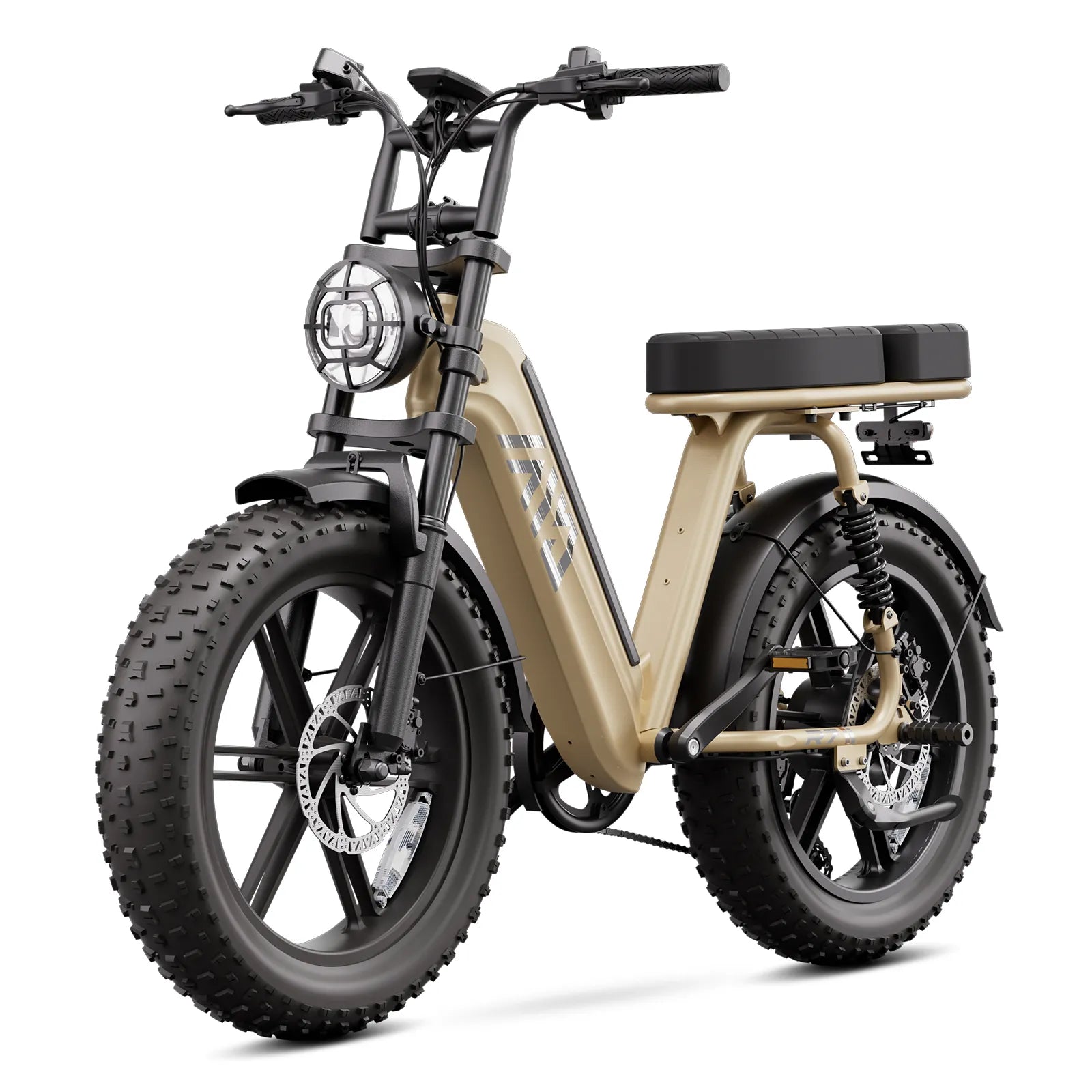
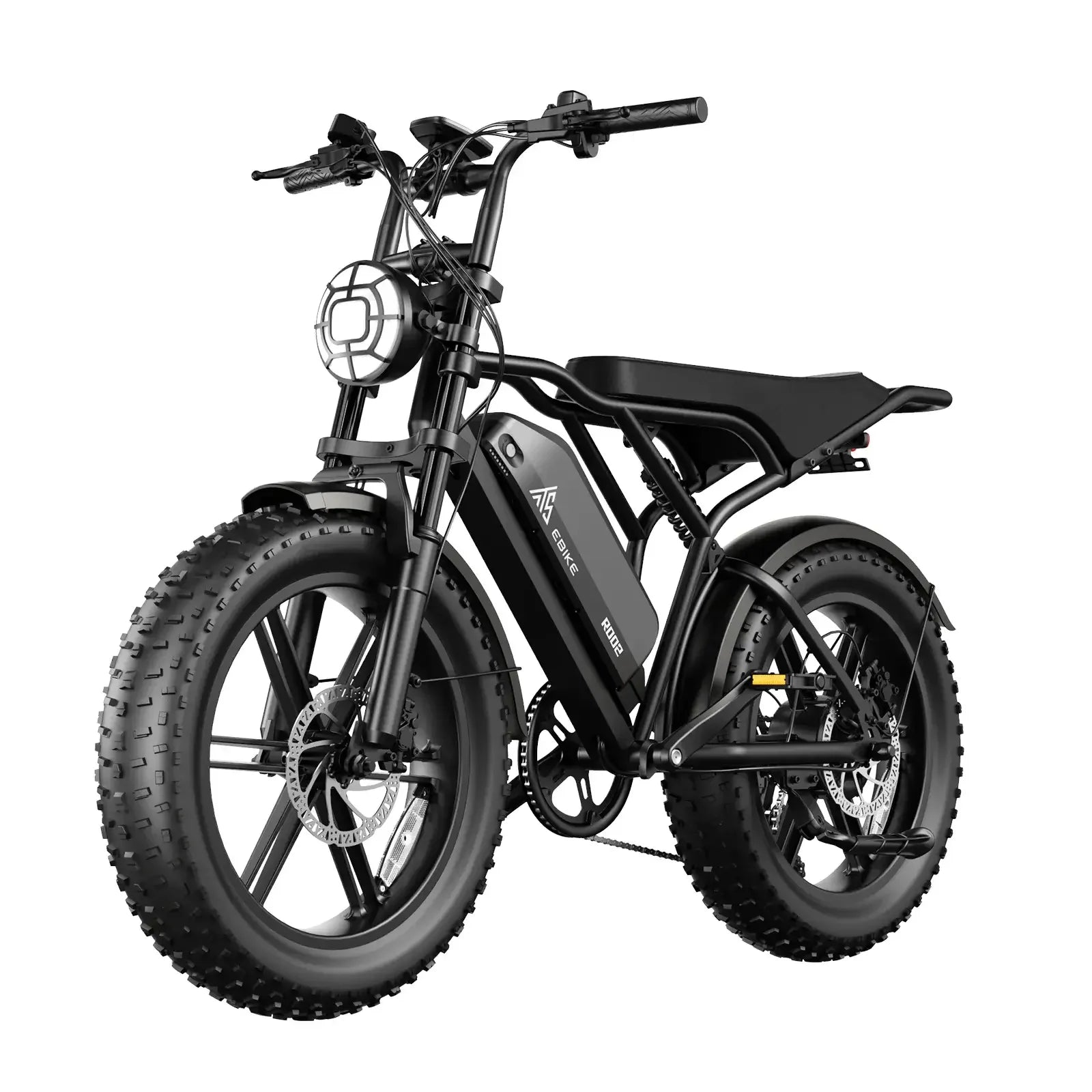

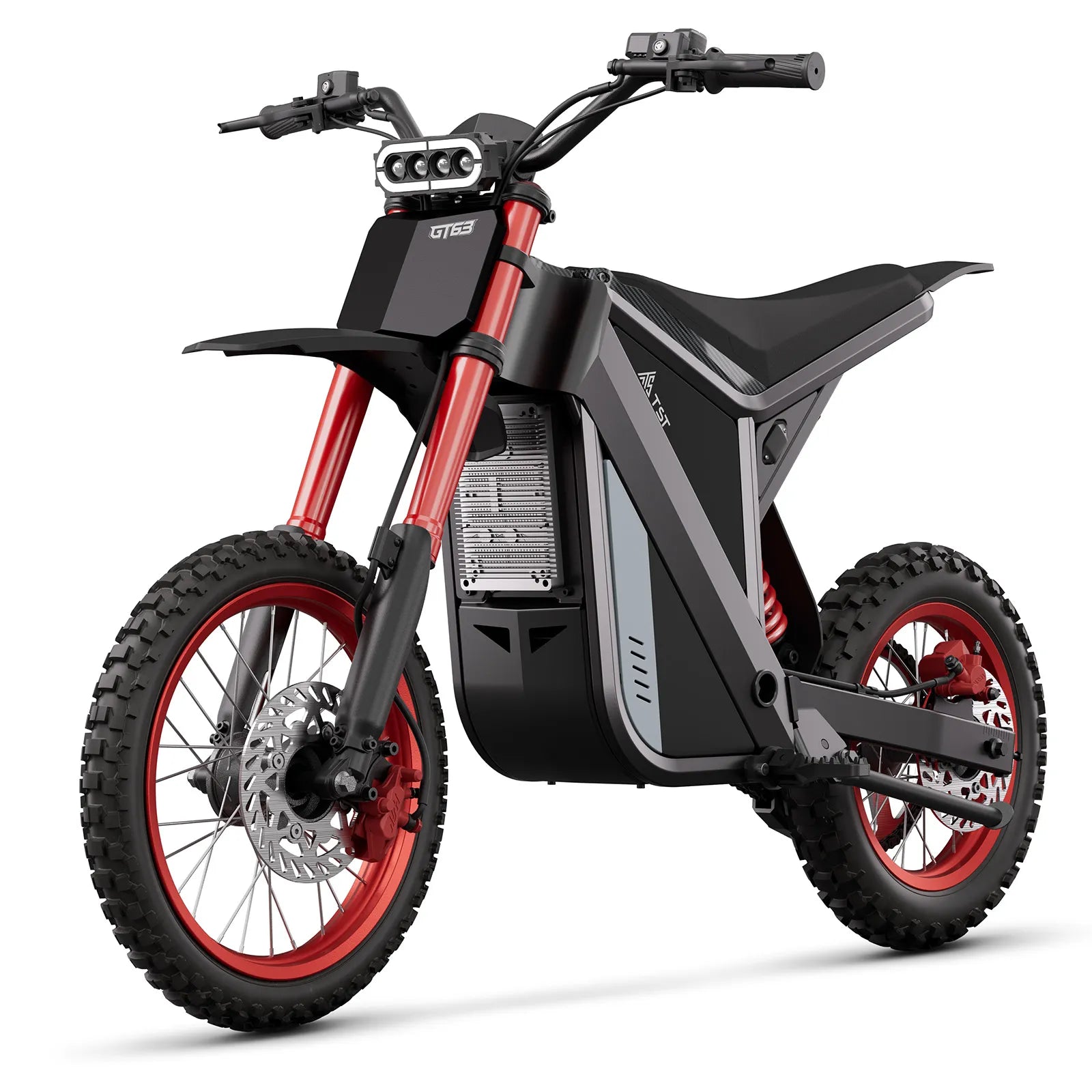
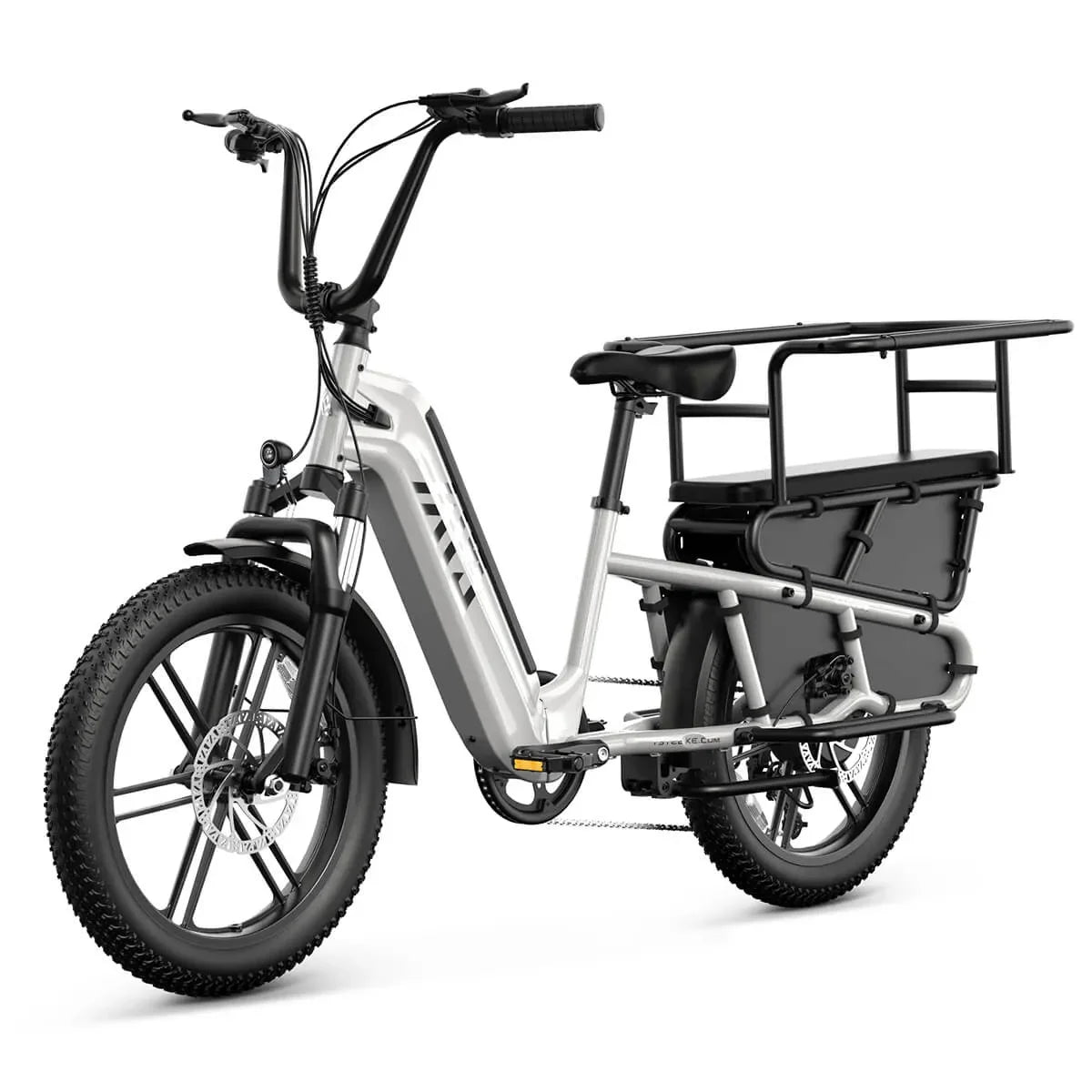
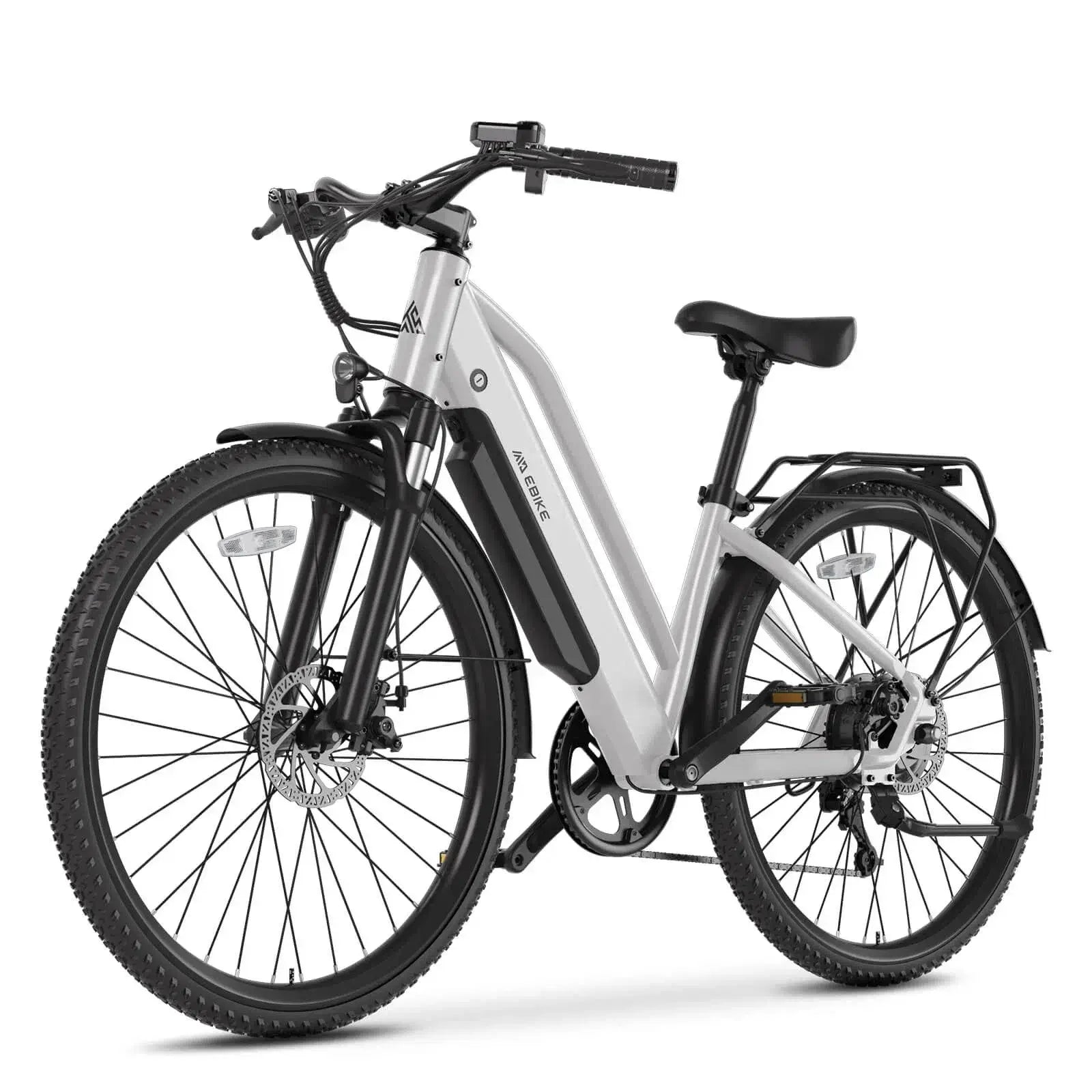
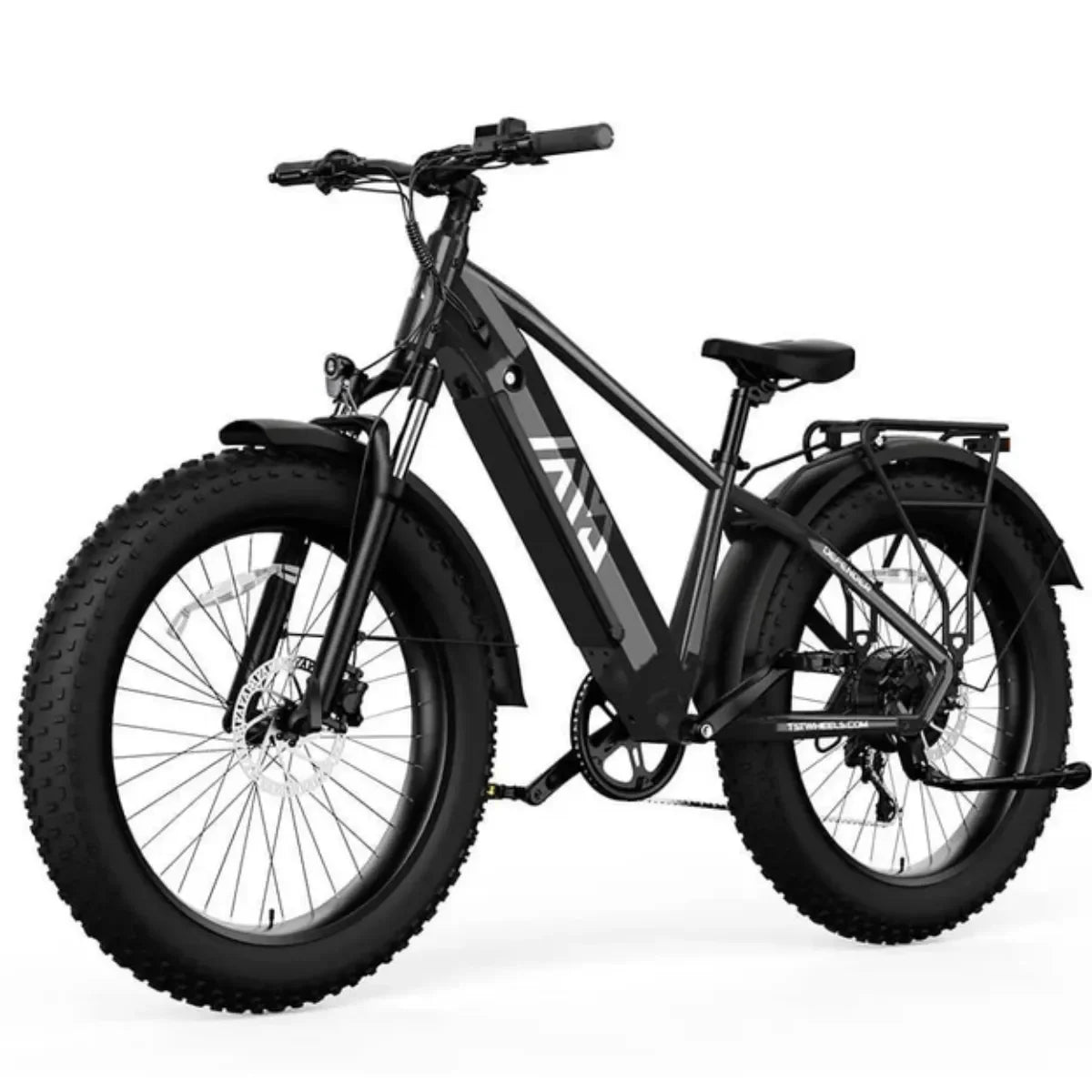
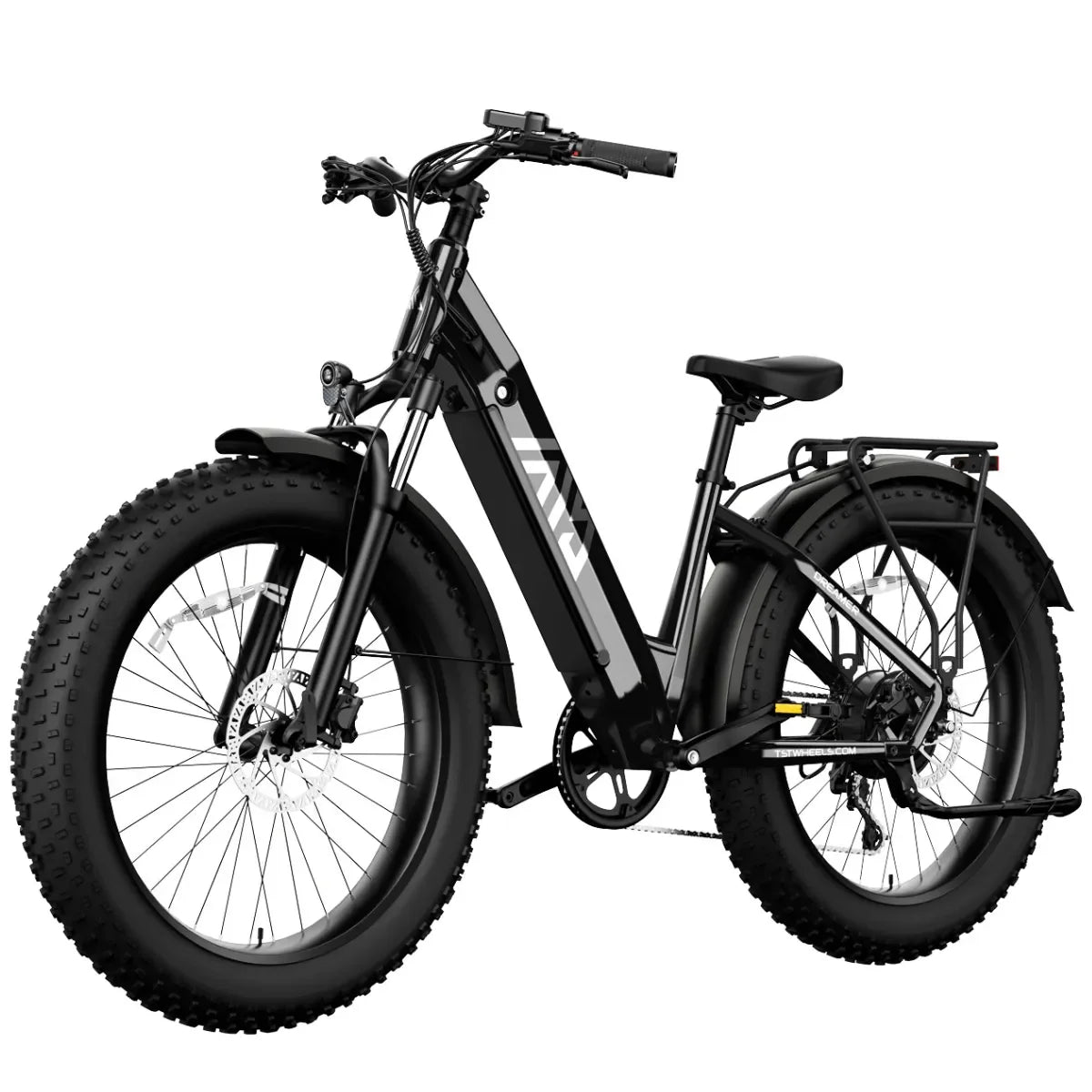
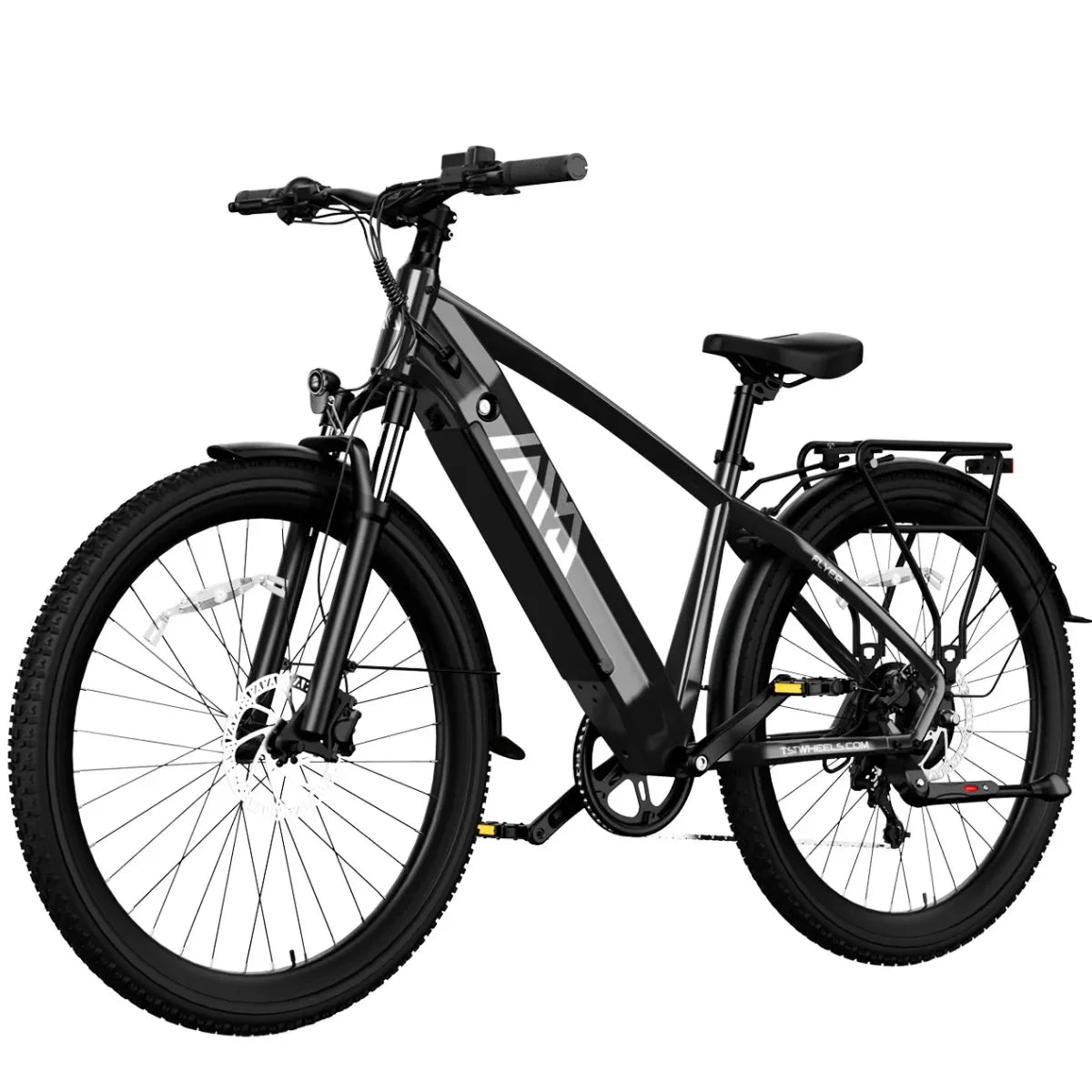
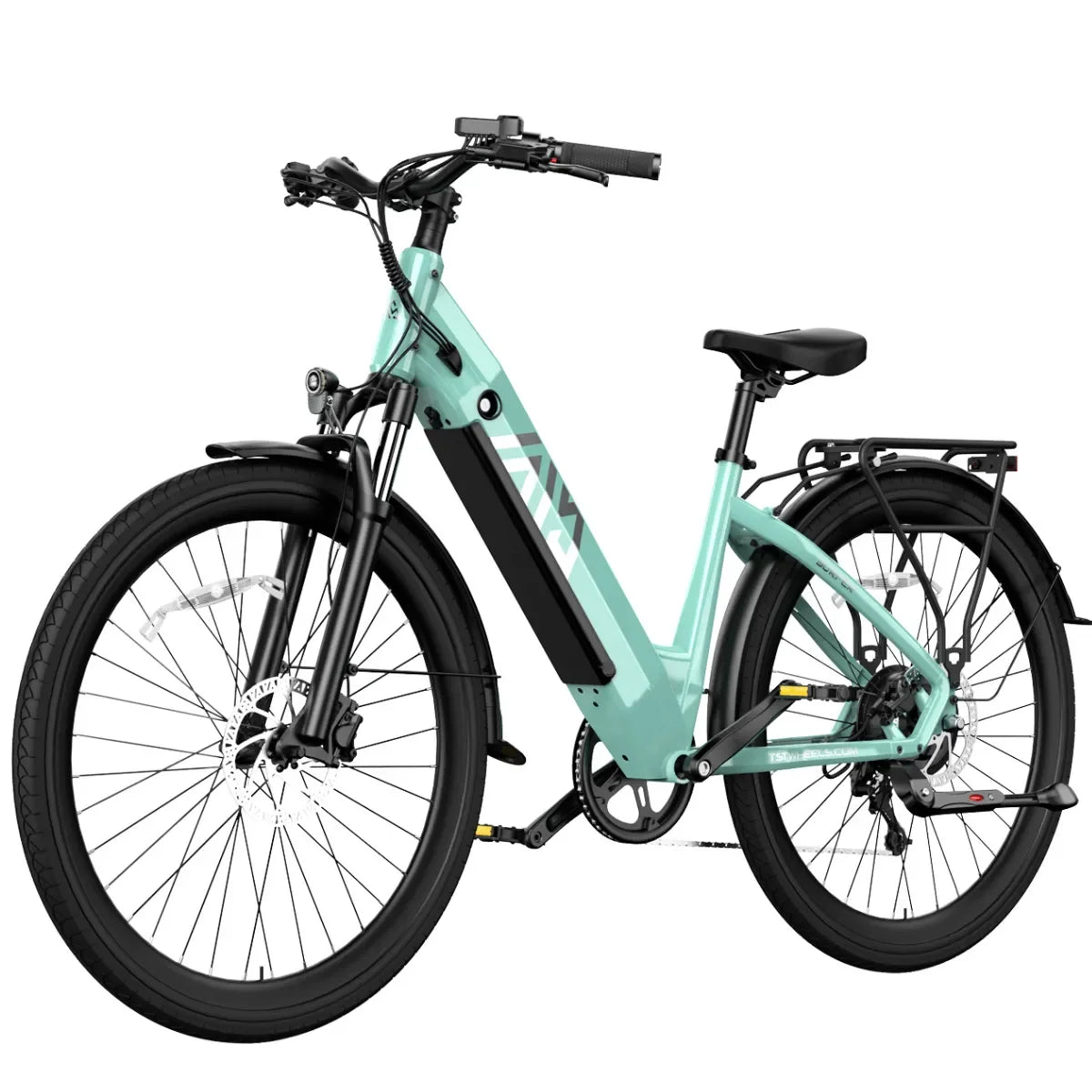
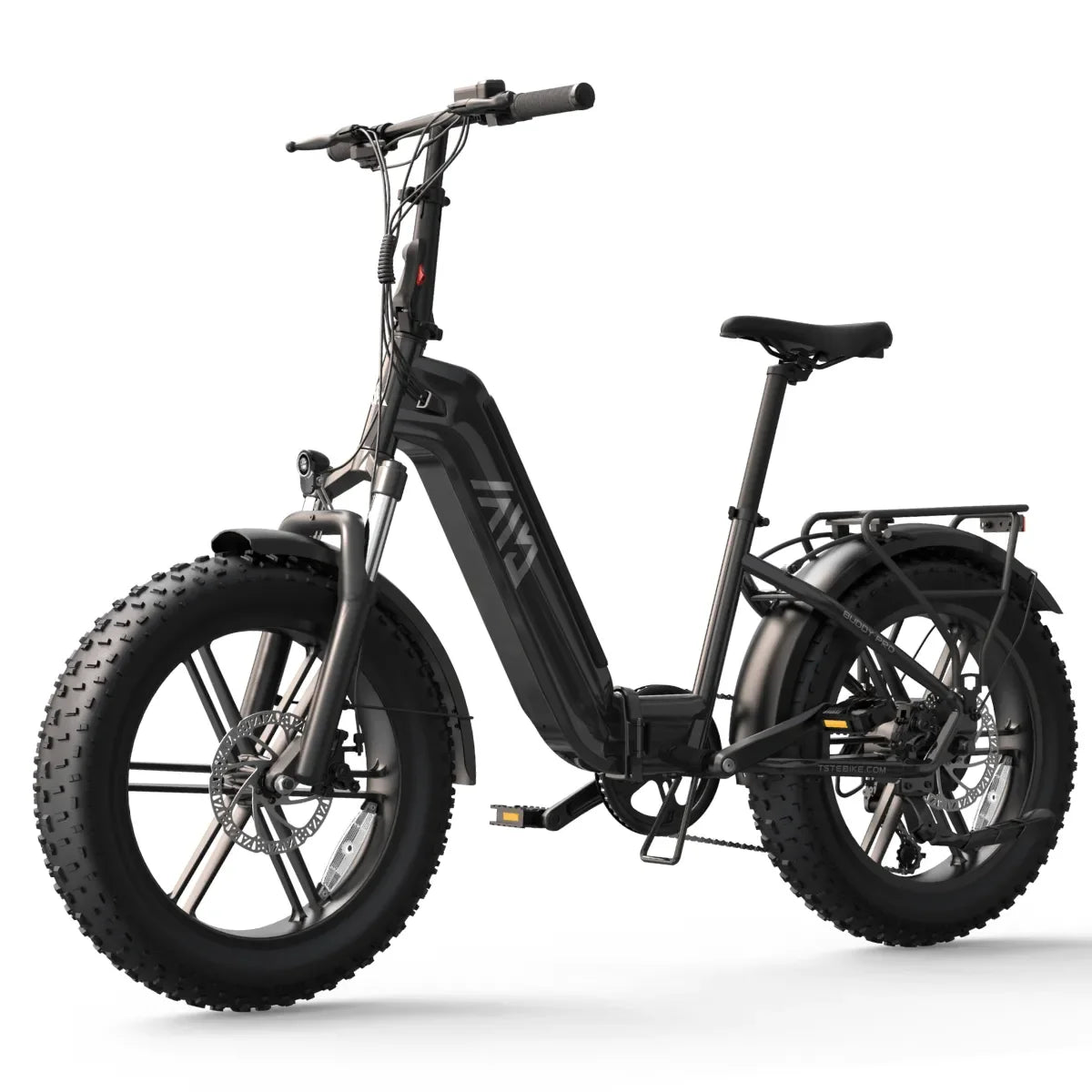
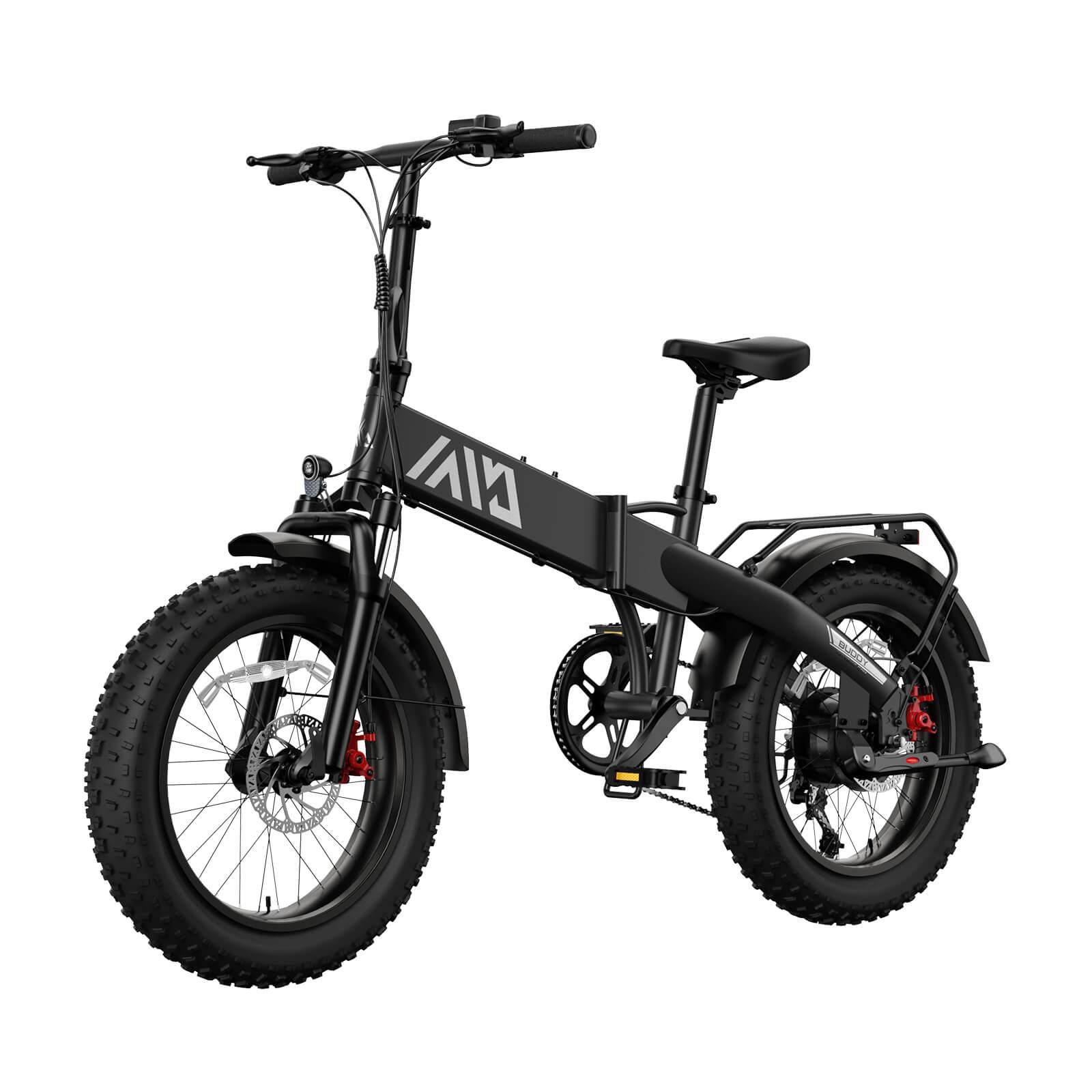
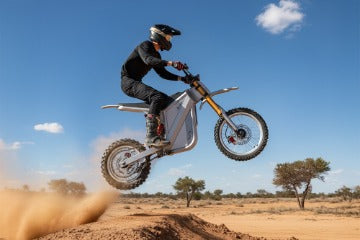
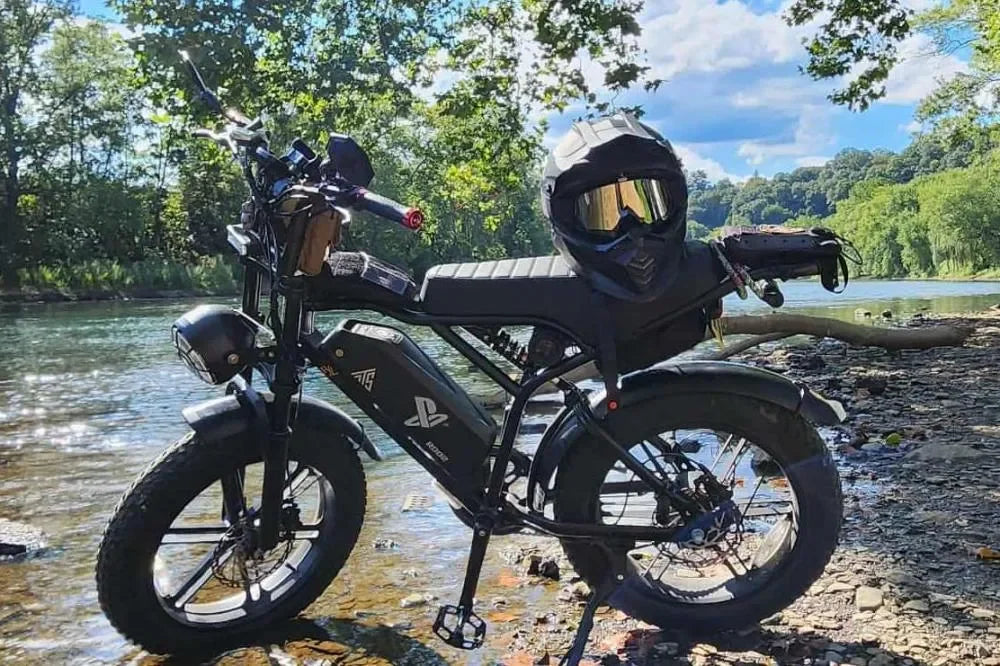
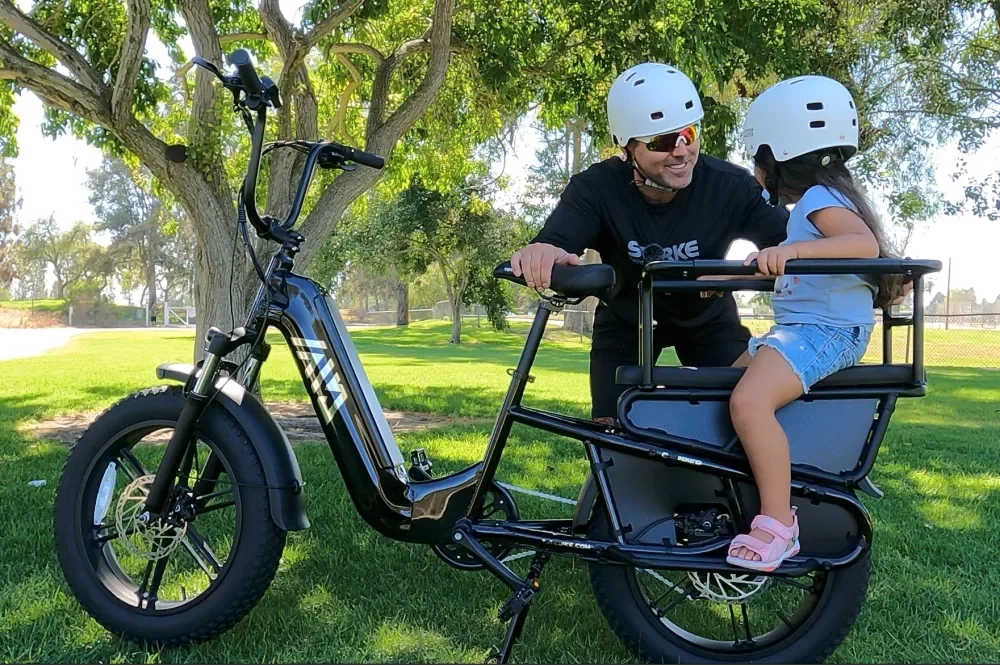
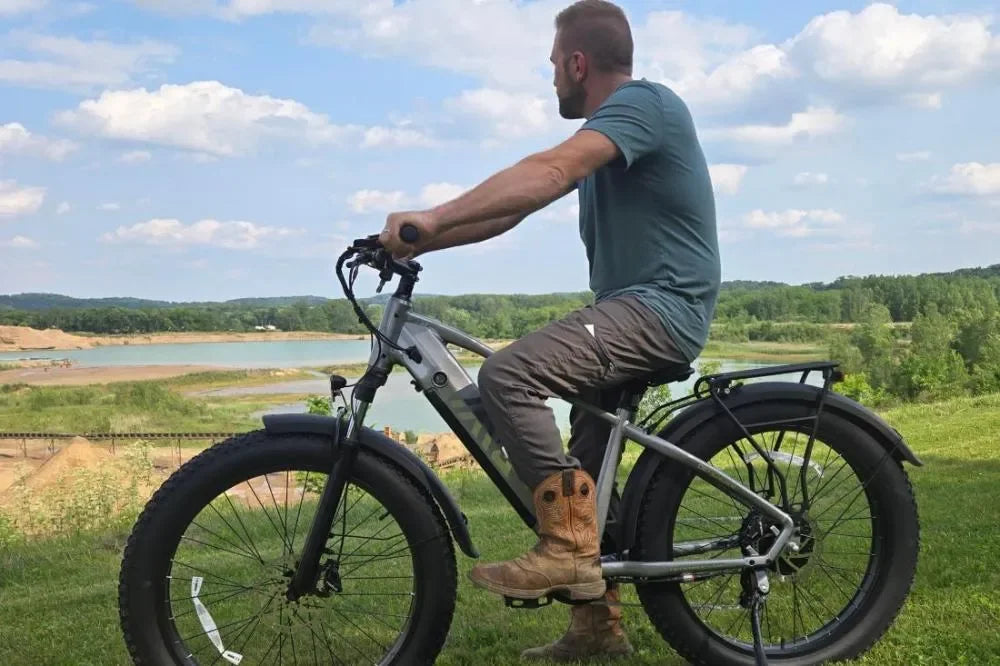
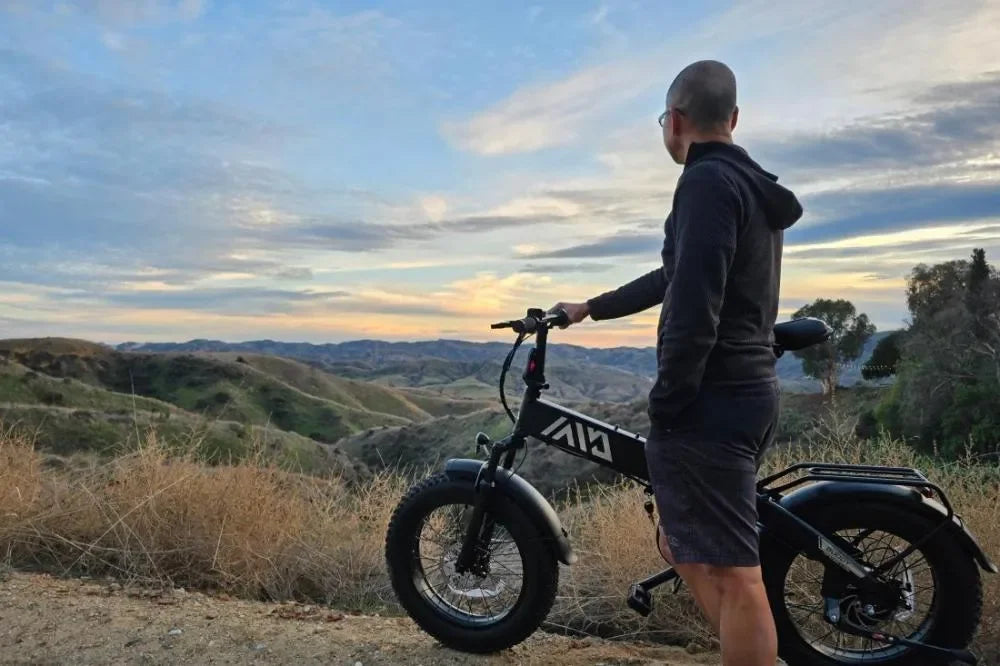
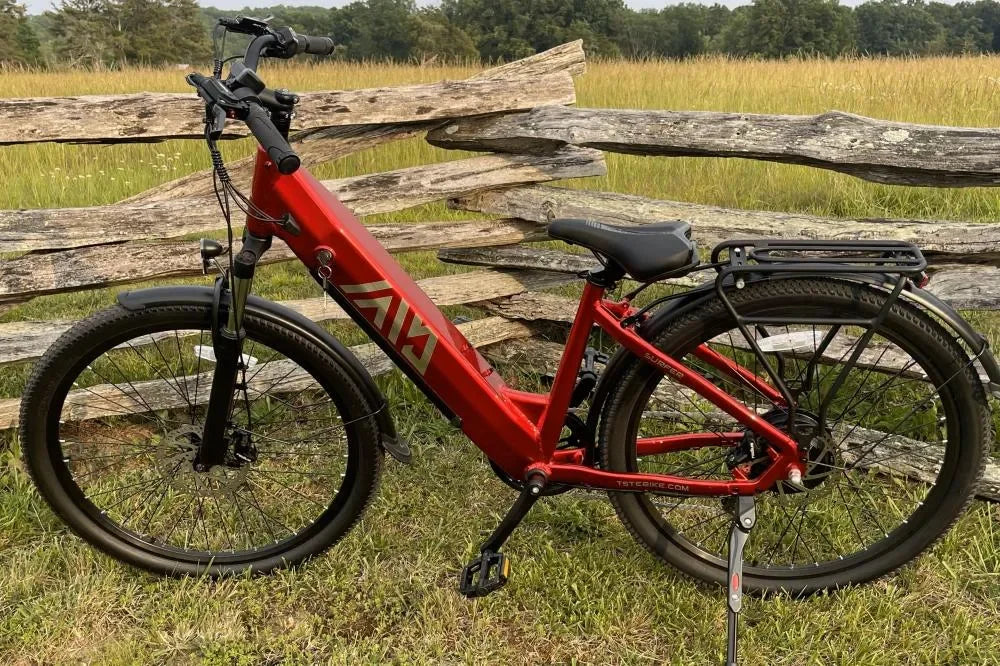
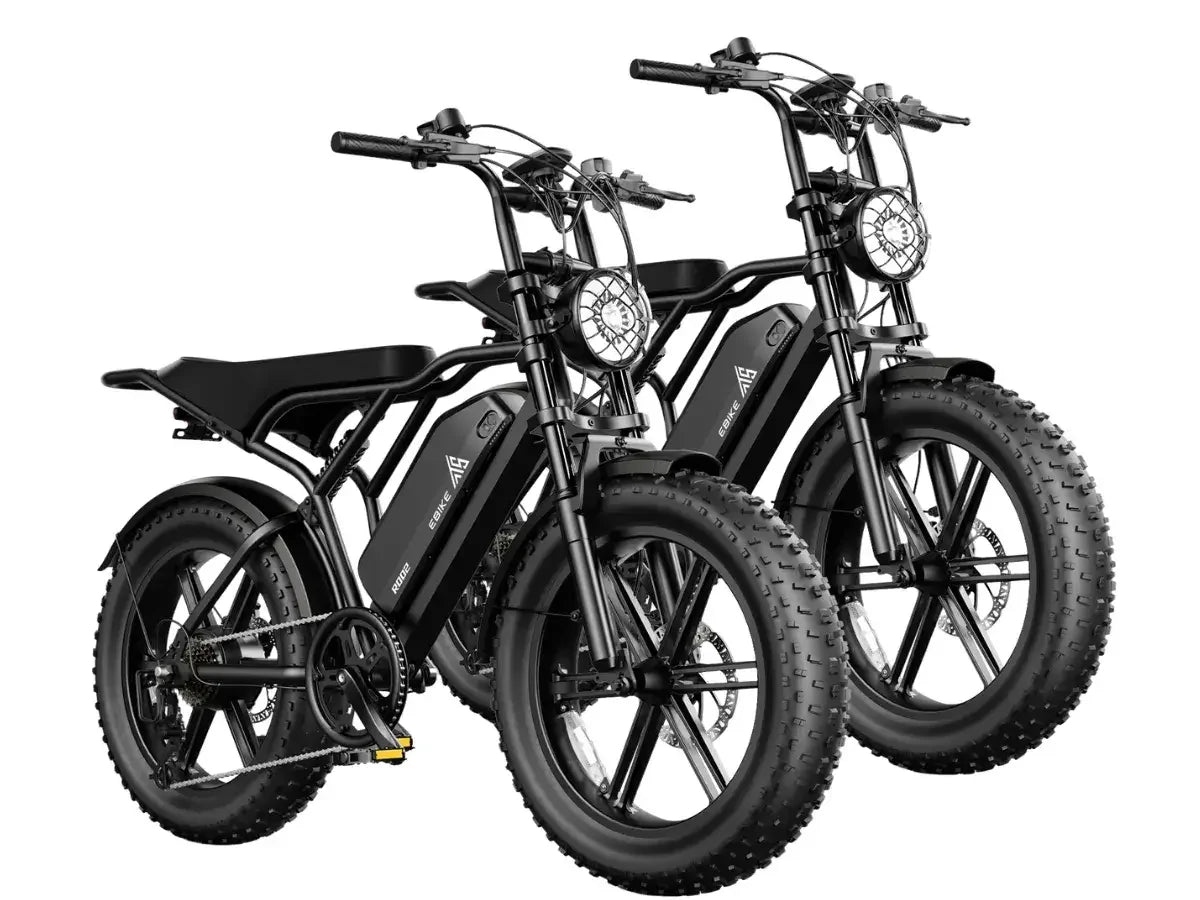
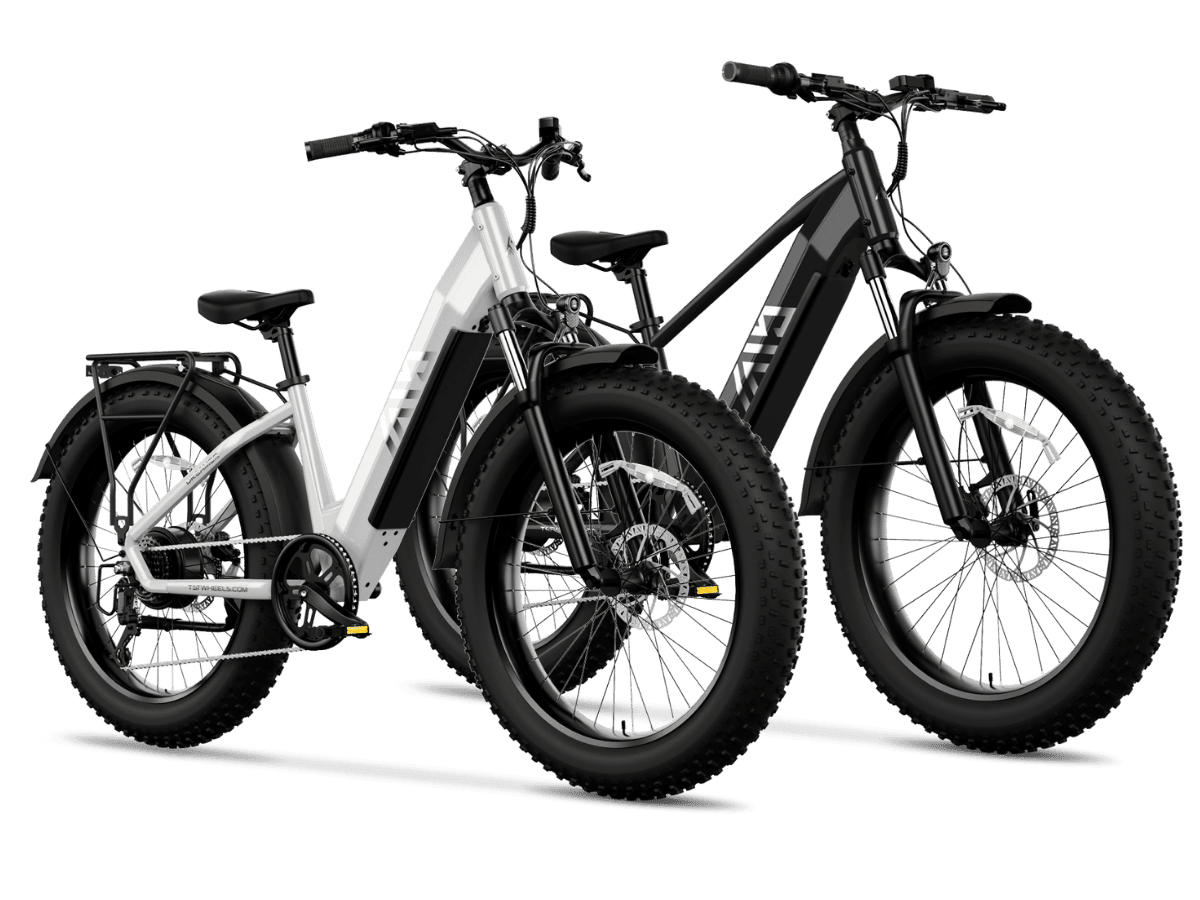
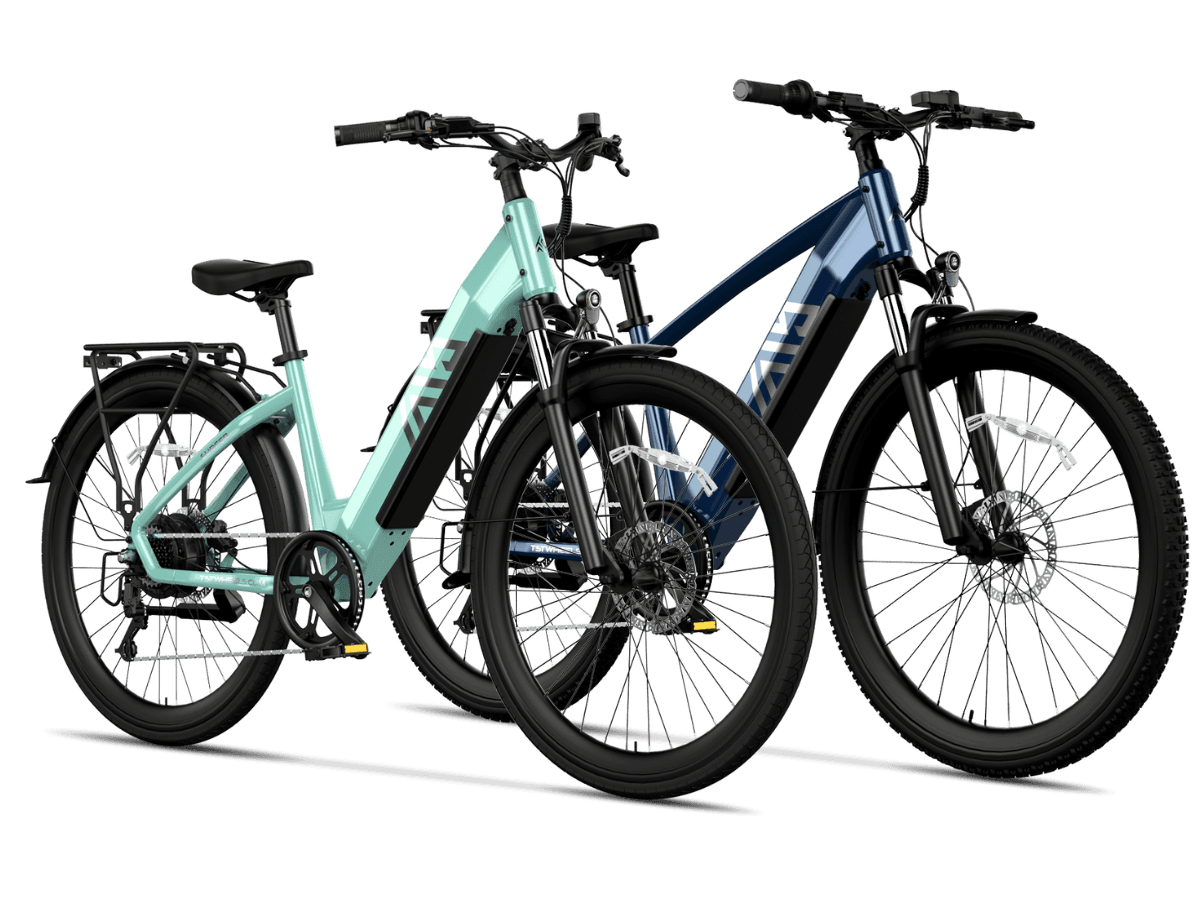
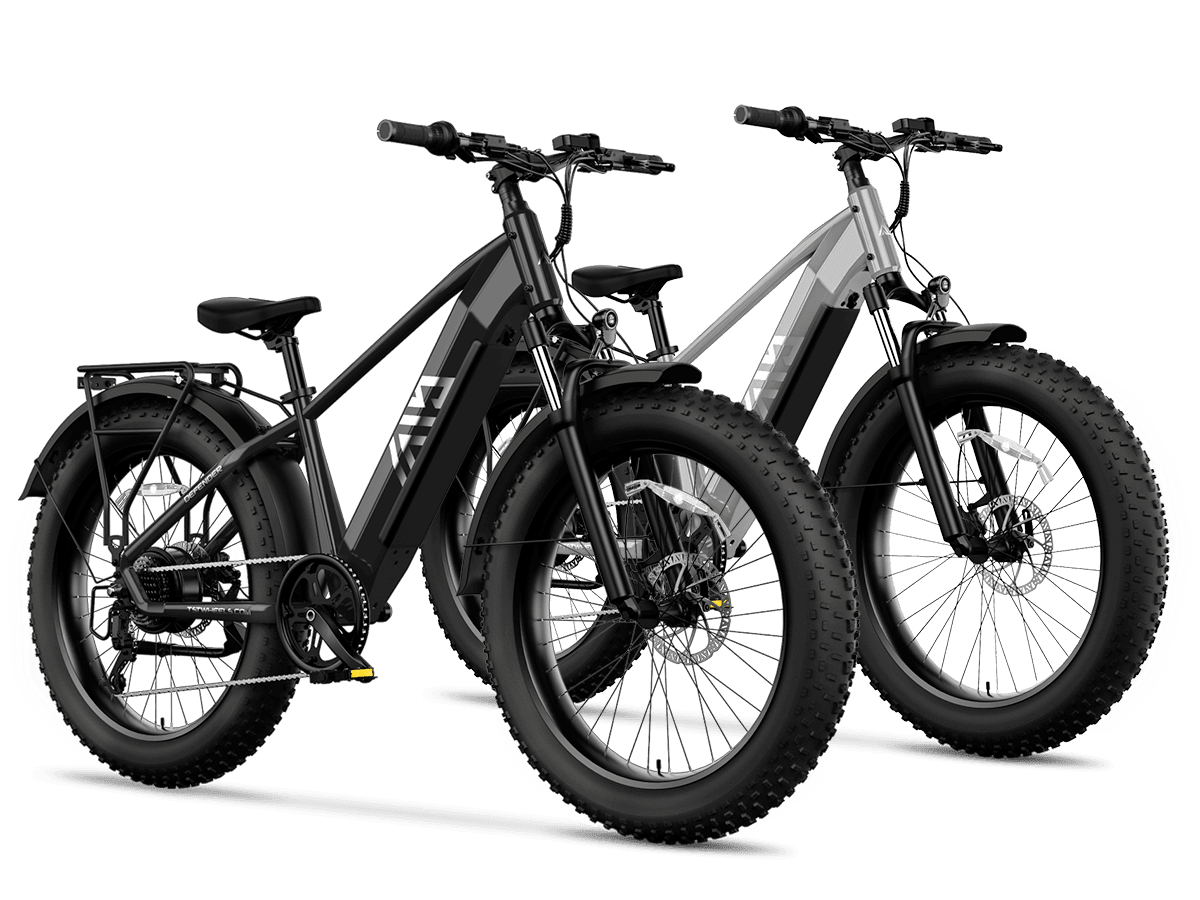
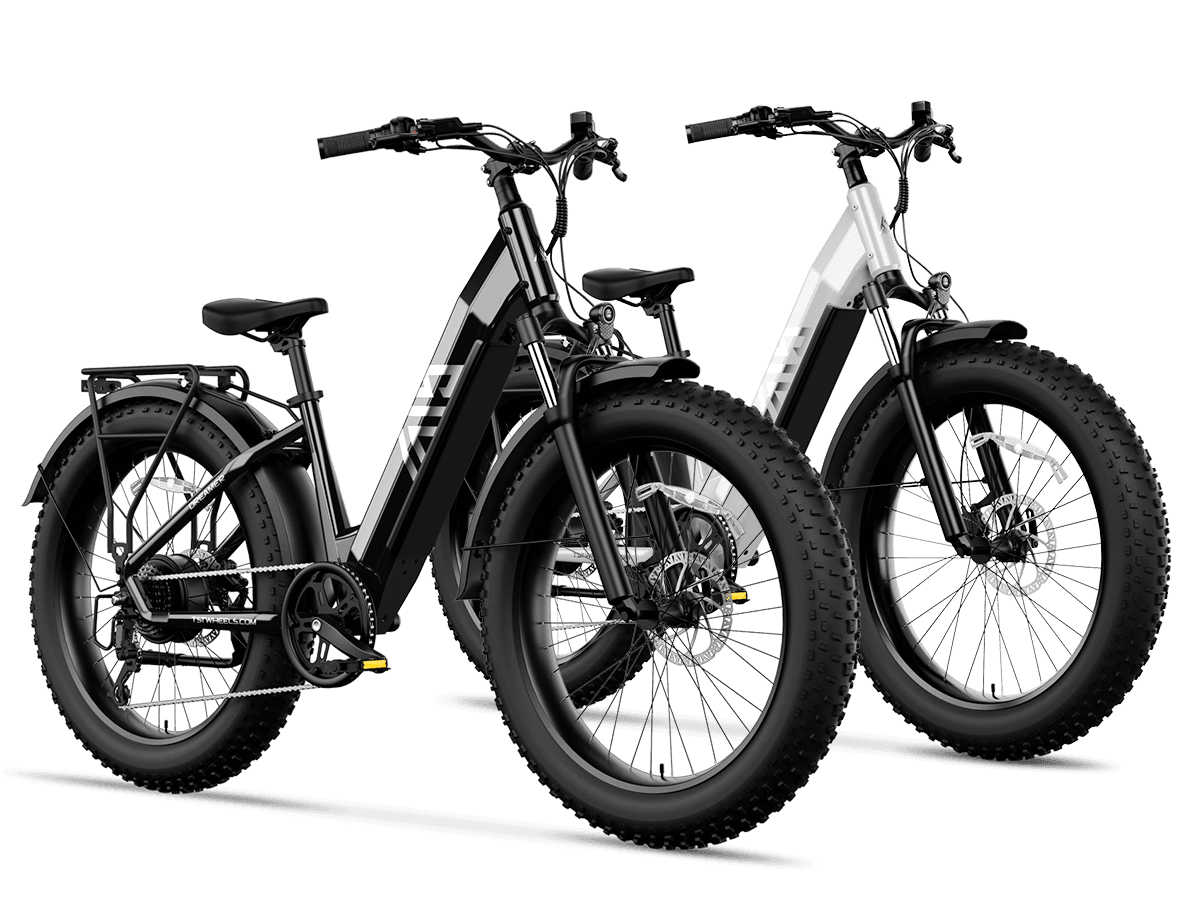
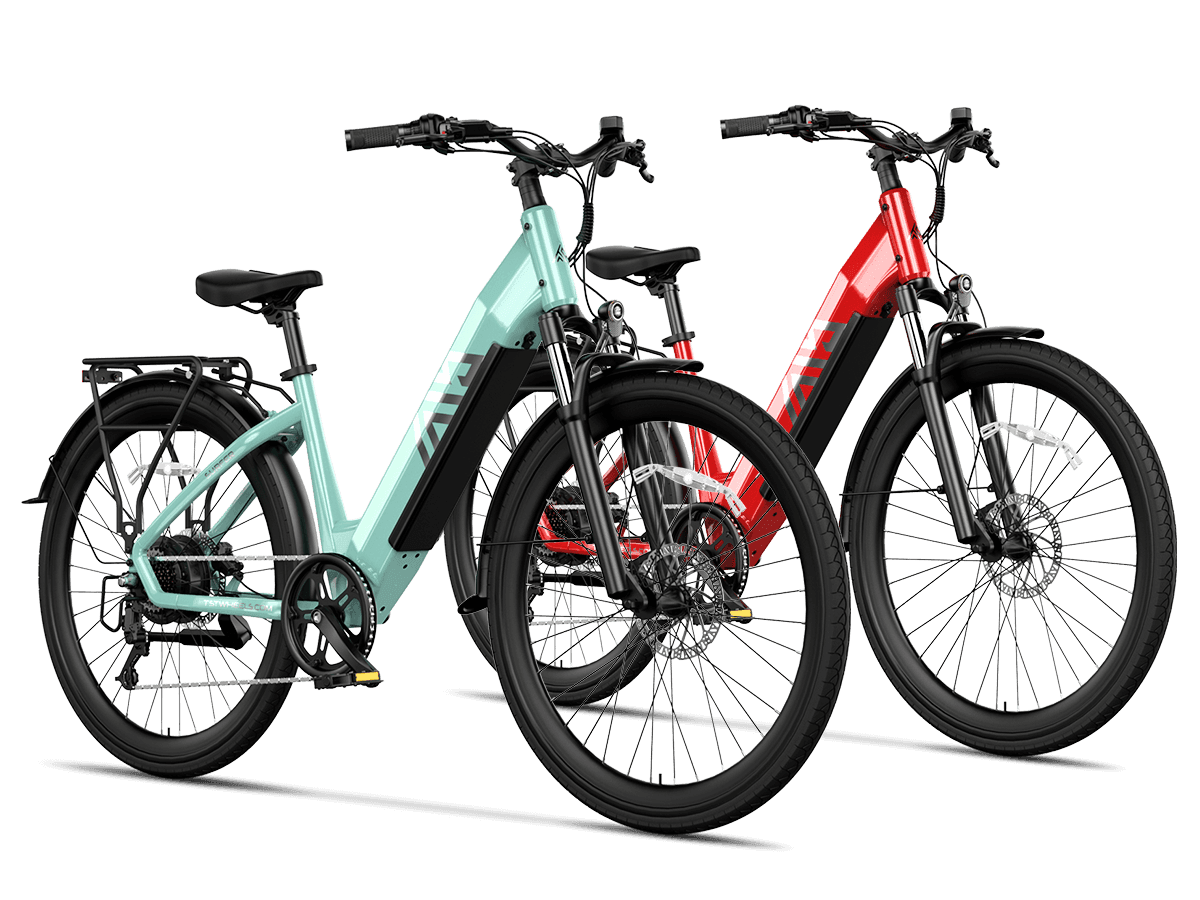
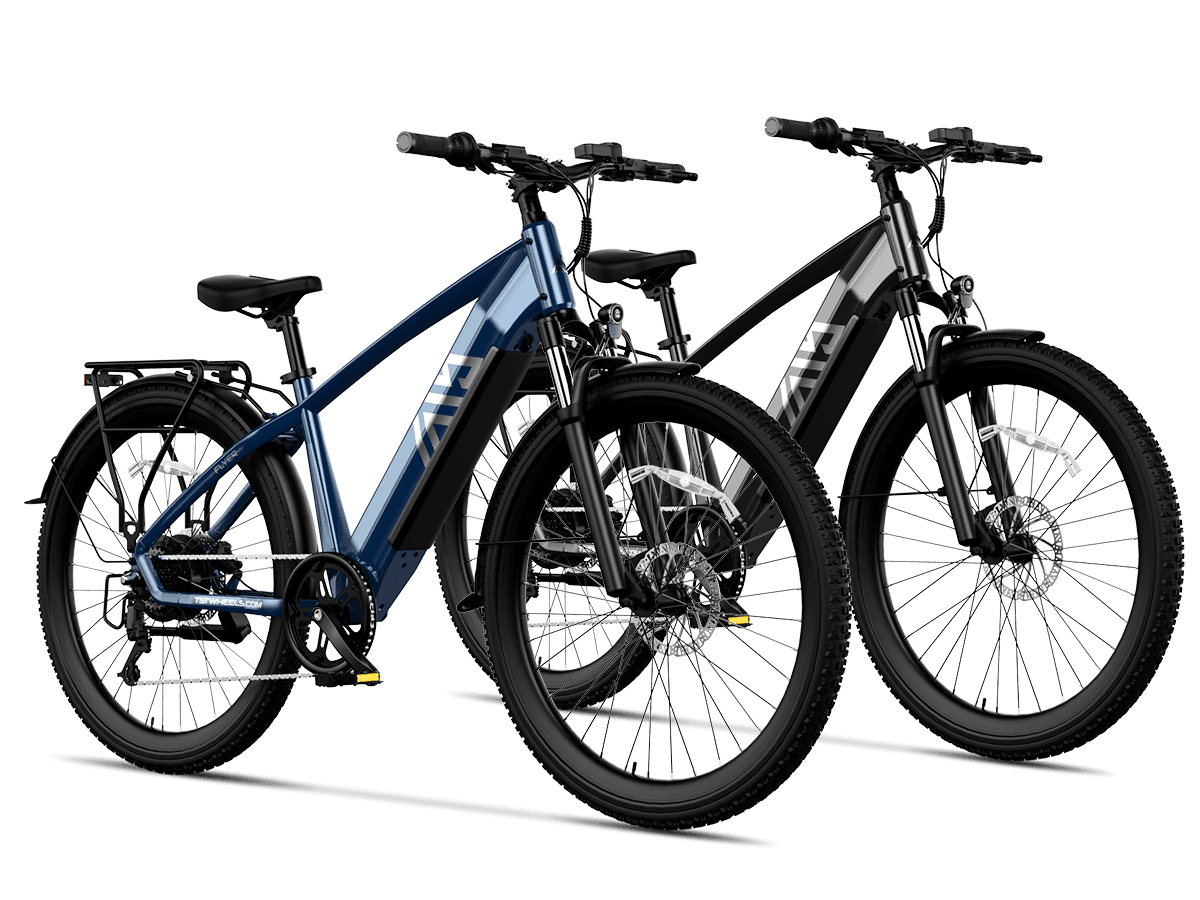


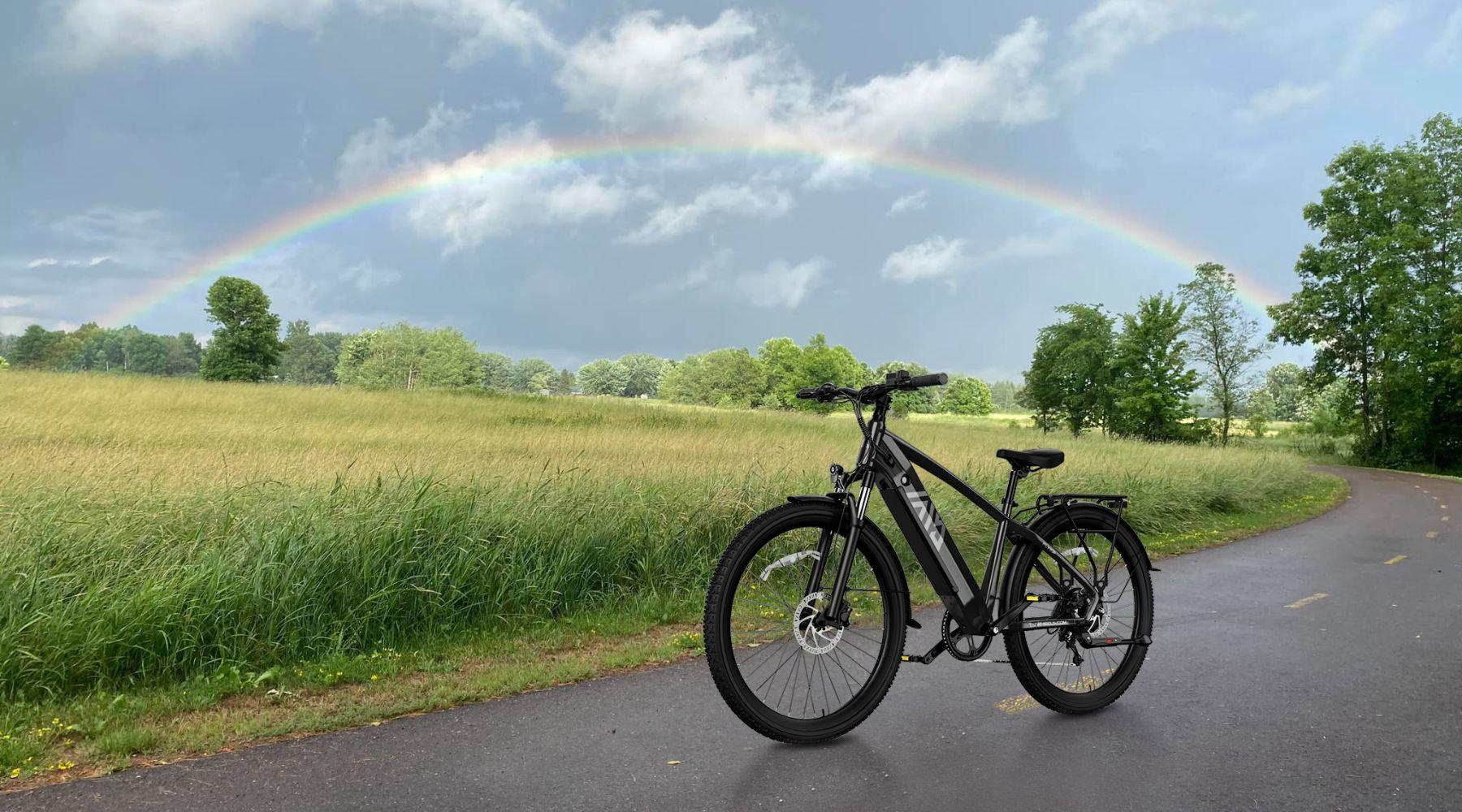
1 comment
Pat
what bike is best for someone 5’1 height
Leave a comment
All comments are moderated before being published.
This site is protected by hCaptcha and the hCaptcha Privacy Policy and Terms of Service apply.